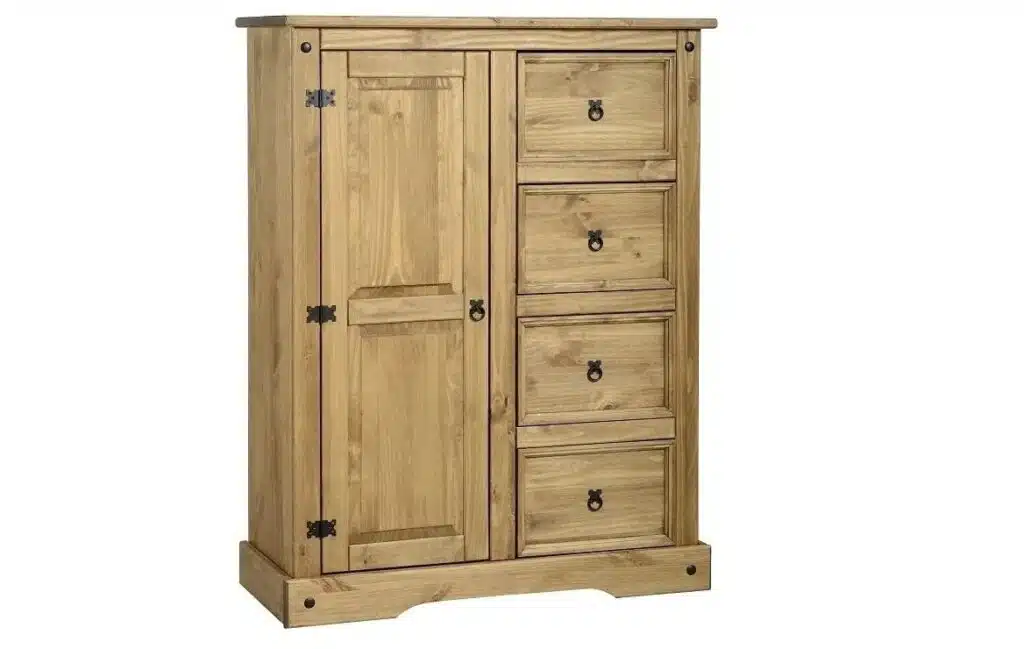How to Arrange Your Wardrobe for Winter?
Once again, the mornings feel quite chilly and its time to bring out The Big Coat. Unless you’re fortunate enough to have multiple wardrobes, a seasonal reshuffling of your clothes is in order.
While it might seem like a huge task, we have compiled the best advice right here to help you organise your winter wardrobe like a pro. Follow our simple guide, and you’ll be well-prepared for the upcoming season.
What are the advantages of a seasonal wardrobe switch?
By categorising your clothes by season, you can easily access the items you need, making it faster and more convenient to dress up. Additionally, with the growing awareness of fast fashion, a seasonal wardrobe change can help you avoid excessive consumption.
Even if you rotate your wardrobe only twice a year, you’ll become more mindful of the clothing items you truly require. Anything you no longer wear can be set aside for charity or sold for extra cash.
Sounds good? Let’s get started.
Step 1. Put away your summer garments –
The first step in organising your winter wardrobe is to create space. In the UK, that means storing away anything reserved for sunnier days. The exception is items suitable for layering.
When should I store my summer clothes?
Given the UK’s changeable climate, layering is a smart approach. That way, even if the temperature rises again, you’ll still have lighter clothing at hand. With this in mind, November is a good time to switch your seasonal clothes.
How to store summer clothes during winter
Seasonal clothing storage can be challenging, especially in small spaces. However, some clever solutions can help you out.
A storage bed: Divans with drawers or ottoman beds with a lift-up top offer excellent storage for both summer and winter items. Simply pack up and hide away until needed again, without sacrificing floor space.
Garment bags and boxes: Invest in quality garment bags or boxes that can easily fit into small spaces, like under the bed or on top of the wardrobe. If you have room inside the wardrobe, consider storing summer clothes in boxes on the floor.
A clothing rack: A simple clothing rack is a reliable option, especially for delicate items that don’t fold well. Clothes rails are generally slimmer than traditional wardrobes and often come with fitted covers to protect your garments.
Label your bags and boxes for easy access.
Step 2. Create a versatile winter capsule wardrobe
A capsule wardrobe consists of essential, staple pieces that can be mixed and matched to create various looks.
This approach reduces the need for extensive storage and simplifies outfit selection. It’s also a sustainable way to shop, allowing you to invest in higher-quality, longer-lasting items.
What should I include in my winter wardrobe?
Focus on versatile essentials that can be worn in multiple ways. When building your capsule wardrobe, aim to create at least three different outfits using one clothing item. If you can’t, consider whether it’s essential or not.
Consider your lifestyle and preferences too. If you adore colourful knits, pair them with more neutral trousers or skirts for added versatility. For those who spend a lot of time at the office, think about how to adapt work outfits for evening plans, and vice versa.
Step 3. Organise your wardrobe efficiently
Once you’ve selected your winter wardrobe must-haves, it’s time to organise them. There’s no one-size-fits-all method, so you may need to rearrange things to find what works best for you.
Here are some practical ideas for organising winter clothes:
Organise by colour: Arrange items by colour to easily locate what you need. This method works well if your wardrobe features a diverse colour palette.
Organise by outfit: Group outfits together for work, casual wear, occasions, etc., using rail organisers for convenience.
Organise a small wardrobe: Prioritise by material to make the most of limited space. Chunky wool jumpers can be folded and stowed, while jersey, linen, silk, or satin items are best hung up to avoid creases.
Custom solutions: Some sliding wardrobes offer interior options, allowing you to customise the layout according to your needs.
Wardrobe accessories: Utilise accessories like multi hangers to maximise space and keep scarves, belts, or bags neatly stored.
There you have it! Now you know how to organise your winter clothes. We hope this guide was helpful, and remember to check back when it’s time for your next seasonal wardrobe change. Check out our wide range of storage furniture for stylish solutions for every space



